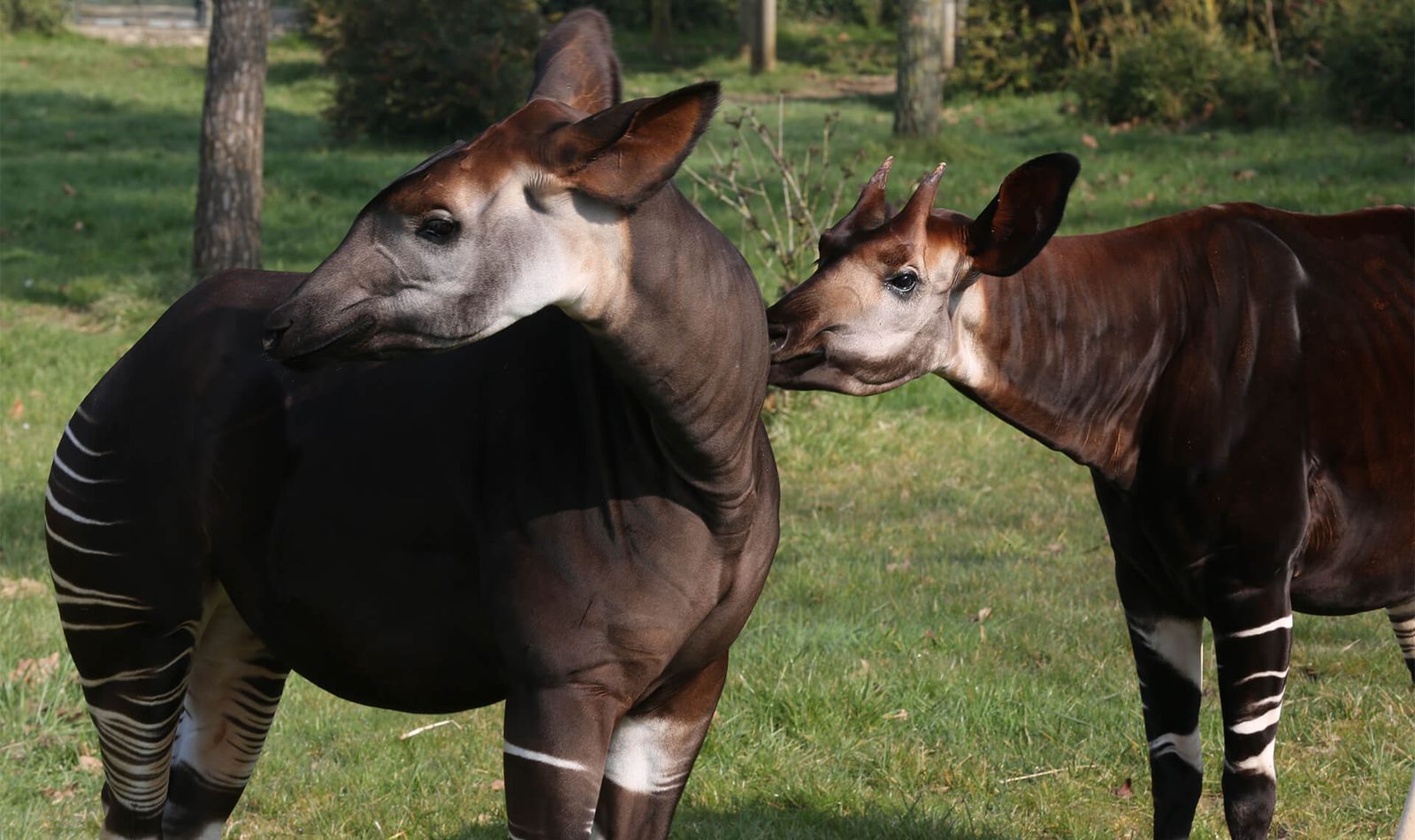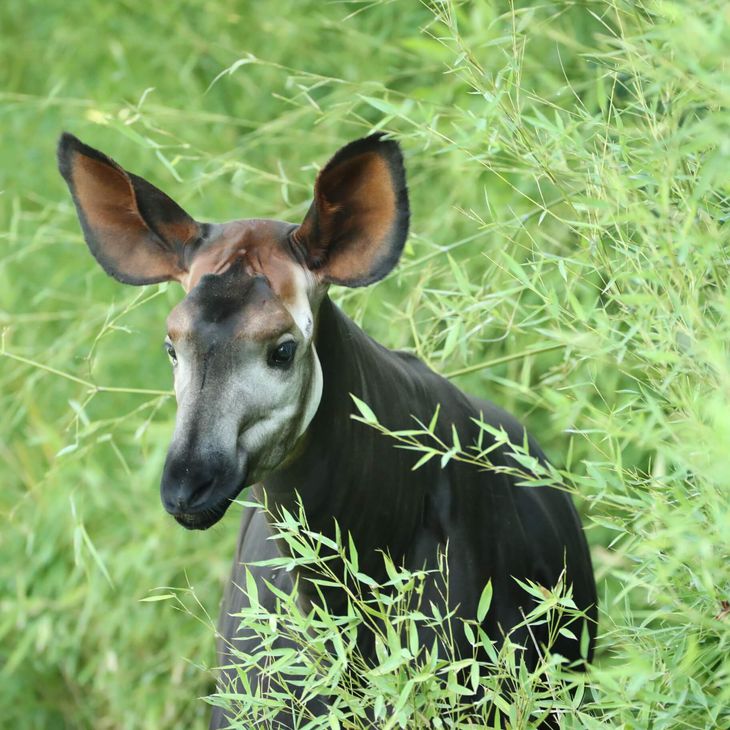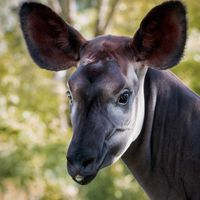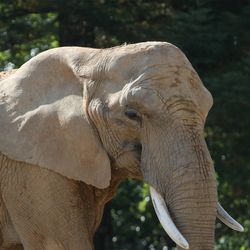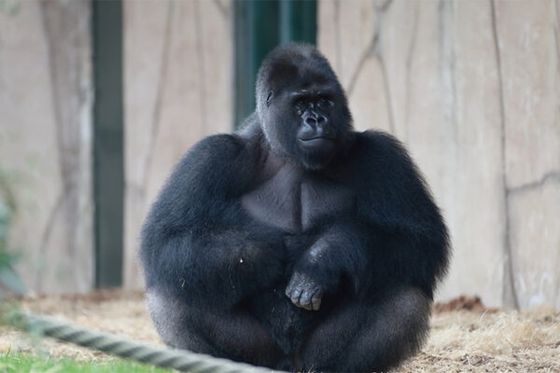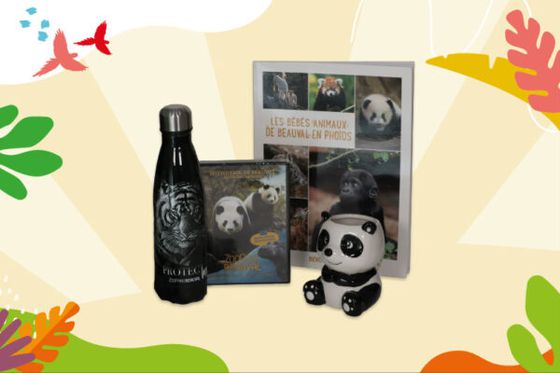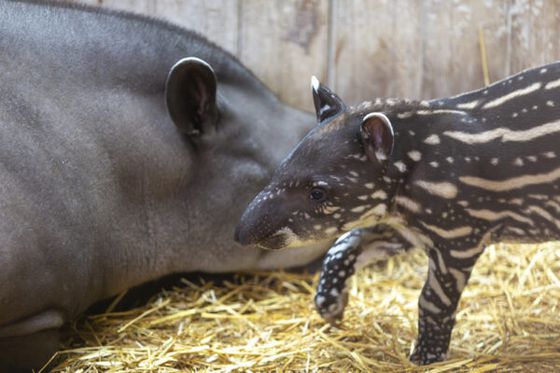« The okapi is one of the most recently discovered mammals »
Is the okapi more like a horse or a giraffe?
A question left unanswered for a long time
The okapi is an intriguing animal. Its long zebra-striped legs, its size, and its build led scientists to originally classify it as an equine, like the horse and the zebra. But it is actually more like a giraffe! The okapi shares many characteristics with the giraffe, three of which are particularly noticeable: an exceptionally long neck, a tongue that can reach more than 30 cm in length, and two bony horns on the top of the skull. Only male okapis have these horns, called “ossicones”, whereas both male and female giraffes possess them.
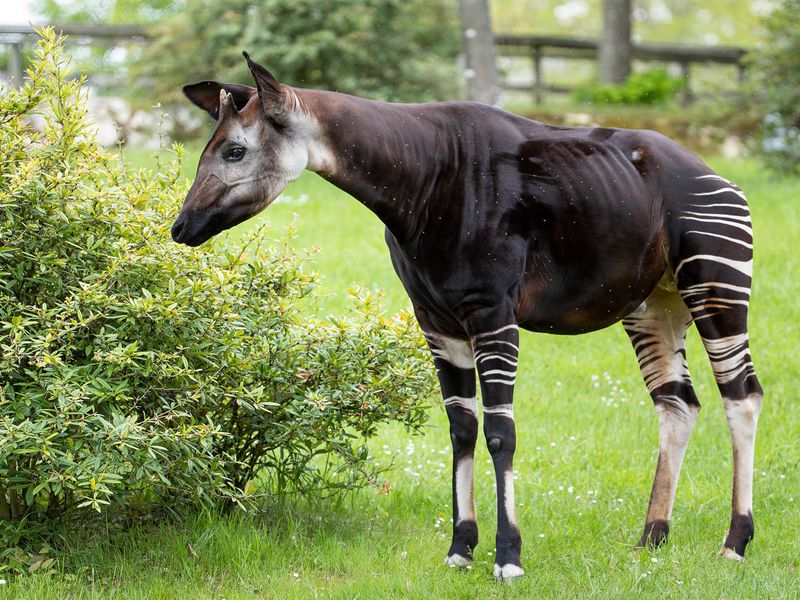
Did you know?
A pretty little okapi
On Saturday August 4, 2018, an okapi was born at Beauval! After a 15-month gestation period, Tafari, a young first-time mother, gave birth in the peace and quiet of her box. This is good news for the conservation of this fabulous species, which is classified as endangered on the IUCN red list of threatened species.
Beauval Nature rescues okapis in the Congo
For centuries, the Ituri forest in the Democratic Republic of Congo has been a refuge for okapis and for populations of Pygmies who depend on its natural resources. Civil war, which has raged in this country for years, has led to an increase in poaching and deforestation.
Beauval Nature supports the Okapi Conservation Project, the objectives of which are as follows: to manage the okapi population, to increase eco-guard patrols, to develop equipment for okapi monitoring, and to launch a reforestation programme with the support of local communities.
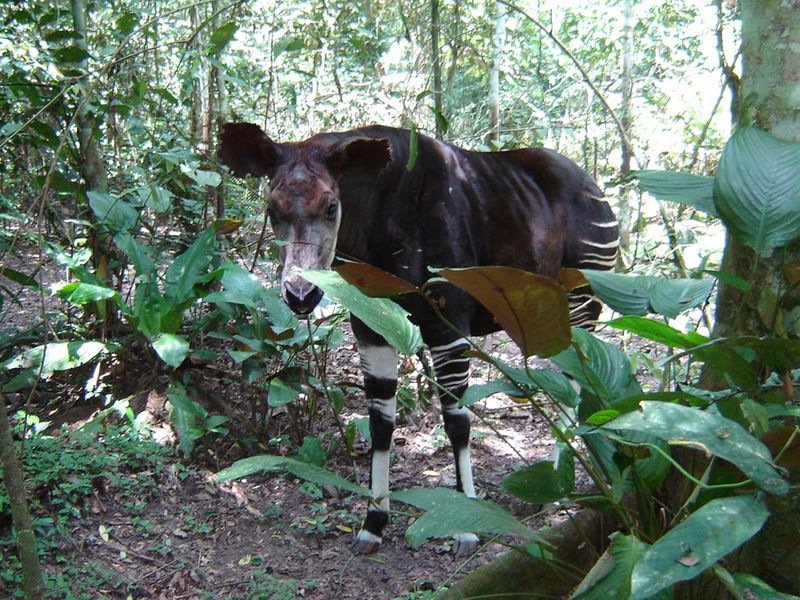
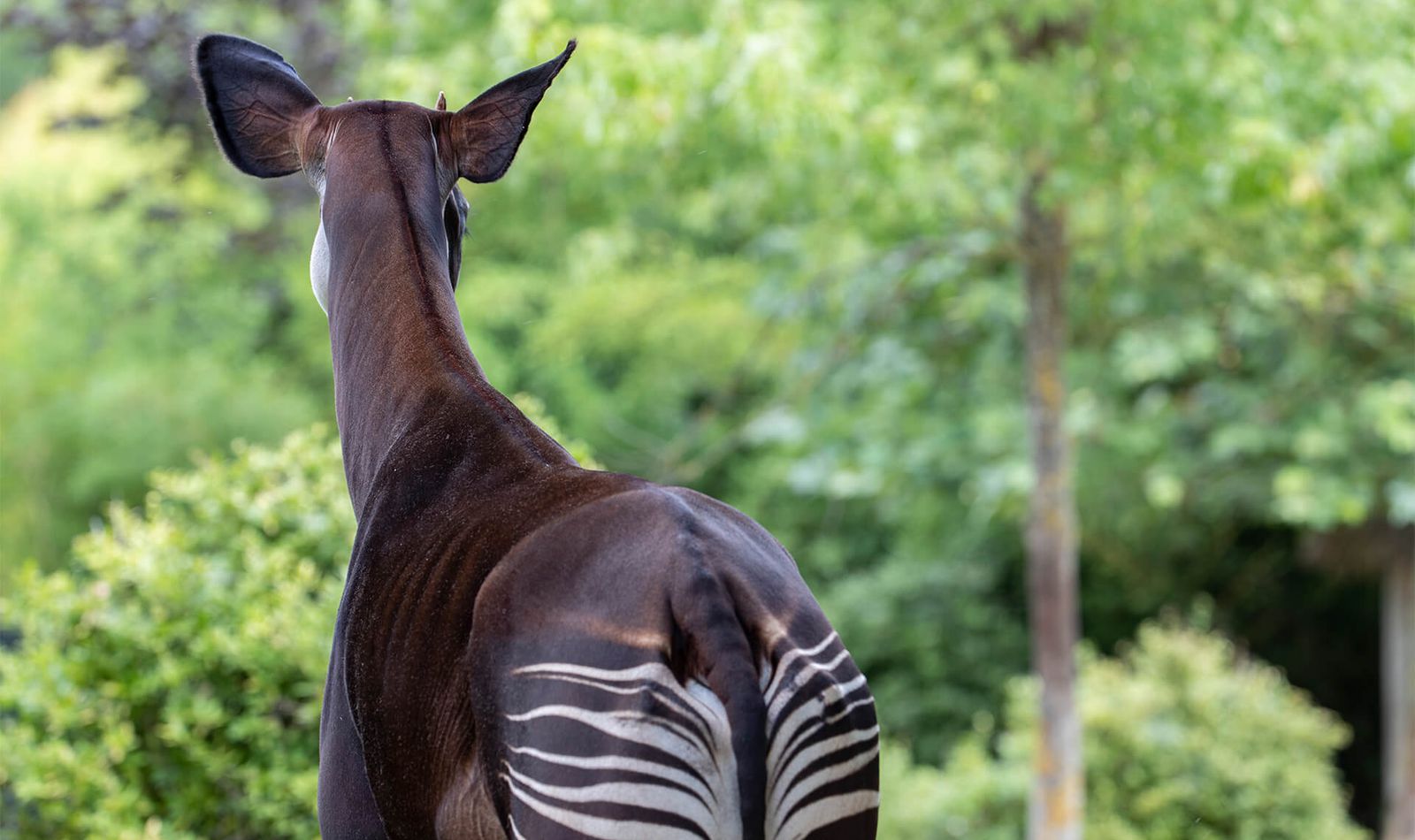
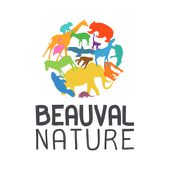
Sponsor our okapis
Establish a strong bond with your favourite animal whilst supporting conservation programmes through the Beauval Nature association!
Endangered
Learn more about the species
-
FolivoreDiet
-
15 monthsGestation period
-
1 youngLitter size
-
Tropical forestsHabitat
A late discovery
An expert of self-medication
Okapi reproduction

Take full advantage of the experience thanks to our mobile application!
Find out more
